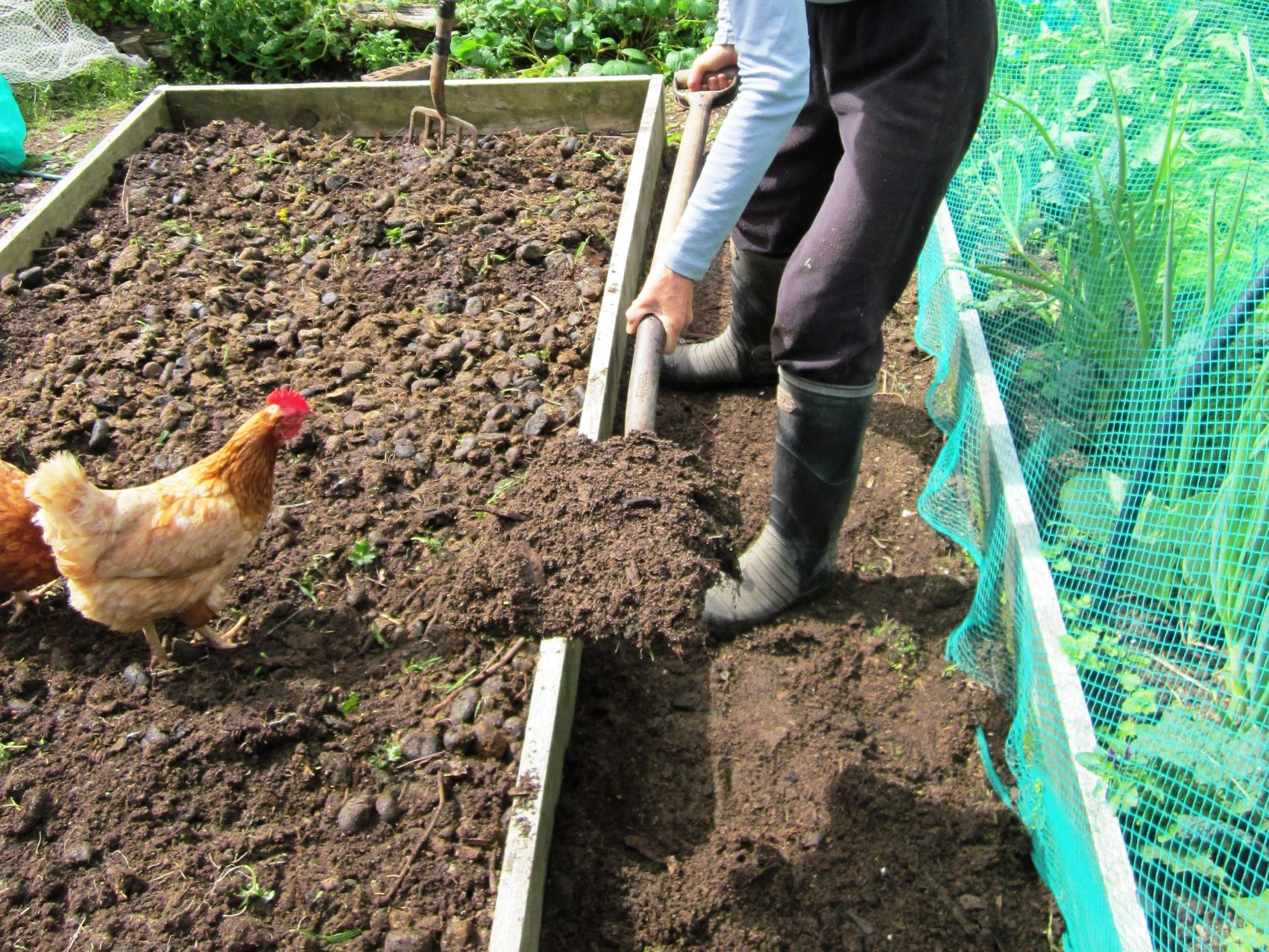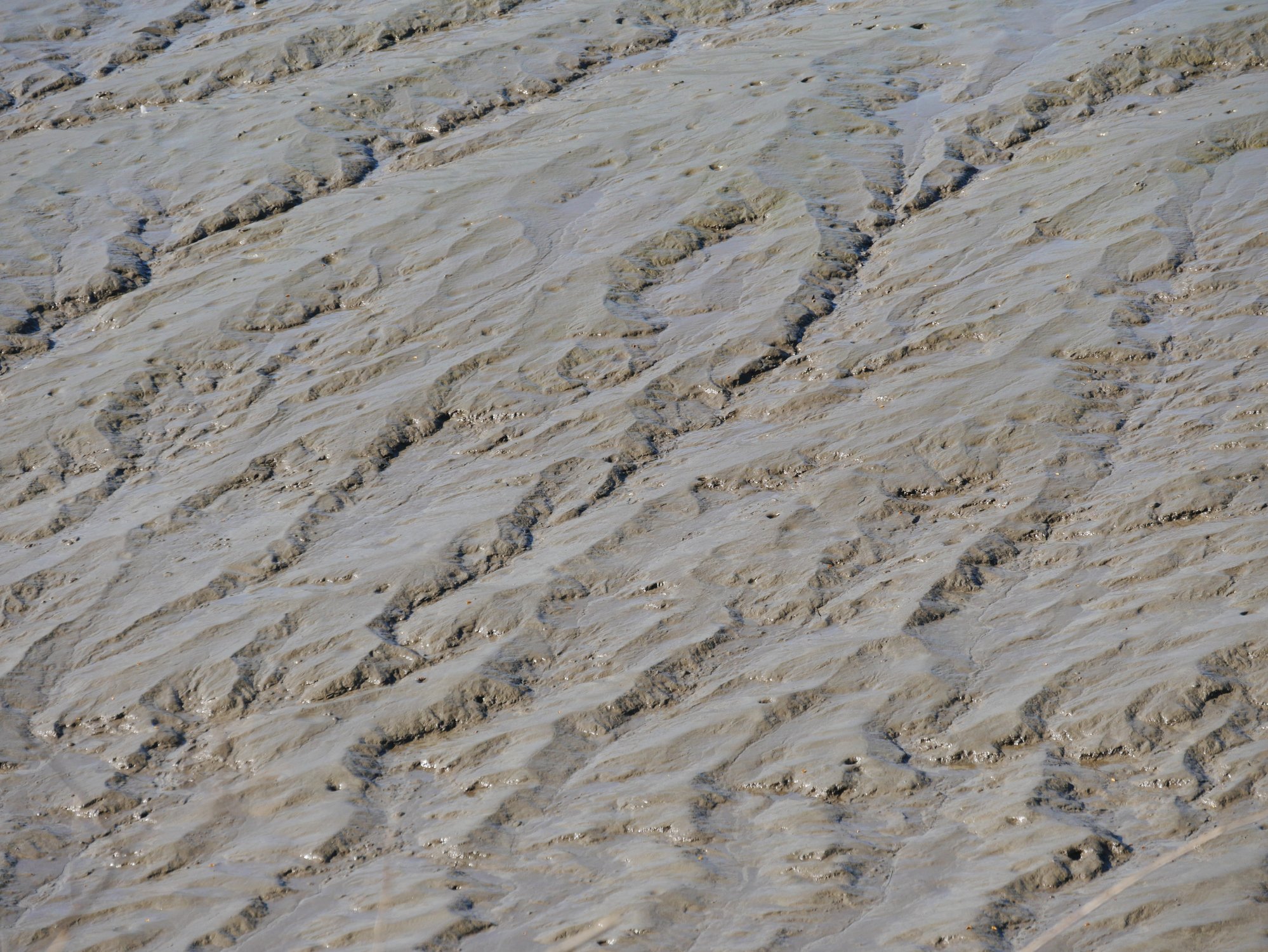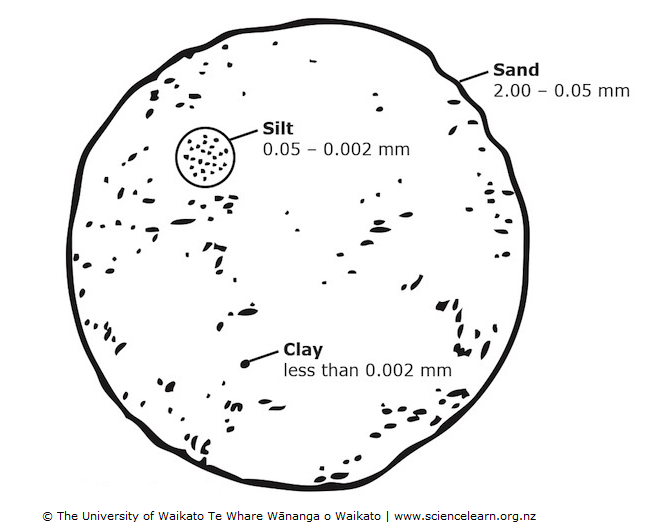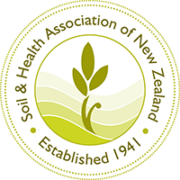Vote organics this 2023 election
At this critical point of organic development in Aotearoa, government support is going to be crucial for organic and sustainable practices to evolve. Jenny Lux asks our political parties what they intend to do about it.
The General Election will be held on 14 October 2023 and those of us who care deeply about Soil & Health NZ’s long-held ambition for an organic New Zealand are asking: which party is going to really deliver?
Brendan Hoare outlines here the journey the organic sector has been on to get organics recognised by the government with the passing of the Organic Products and Production Act 2023 (Organic Act). As Brendan states, cooperation from government was pivotal.
The next eighteen months are when it is decided how the new Organic Act will be actioned by establishing the national organic standards and regulations. So we’d like to know which parties are planning to help a smooth transition to the new rules? Who has policies that will help boost organics to the next level? Despite amazing achievements by our organic growers, farmers and brands (see the 2020 OANZ Market Report), New Zealand still has less than one percent of organic certified land, whereas in Europe they are currently at 9.1 percent and are aiming for higher.
It’s going to take not only the grit, determination, and creativity of organic producers (which they have in bundles), but also the commitment of partners in the Ministry for Primary Industries (MPI) to enable organic businesses to thrive. The resourcing of ministries and the policies that drive them are down to the government of the day.
In early June 2023, I went to the five political parties in parliament, as well as TOP and NZ First, and I asked them these three questions:
- Organics is climate action. World-wide, governments are putting significant funding towards organic agriculture, because it helps meet biodiversity, freshwater, and emissions goals. For example, the EU’s Farm to Fork Strategy aims to have at least 25 percent of the EU’s agricultural land under organic farming by 2030, along with a significant increase in organic aquaculture. What is your party’s policy with regard to using organic farming to meet climate change and environmental goals for NZ, so that we remain internationally competitive?
- The Organic Products and Production Act 2023 (Organic Act) was passed in April this year. This means a step up in regulation for new and existing organic businesses, and a chance to really grow the organic sector both domestically and for export. How are you going to help the organic sector adapt and thrive under the new regulatory regime?
- Farmer extension programmes for organic farmers and growers are almost non-existent in NZ. What funding would your party provide to work with farmers who want to convert to organic, or who already are organic, but need the right information and support to create a world-leading organic business?
I got answers from four parties, printed verbatim below in alphabetical order of the party’s name. I got an acknowledgement of receipt, but no reply, from the Māori Party, TOP, nor NZ First.
If these answers do not satisfy, then I encourage you to keep asking the parties: what are you going to do for organics?

ACT New Zealand
- Organics is climate action: ACT acknowledges that New Zealand’s farmers and growers utilise a variety of systems and practices to maximise on farm productivity and sustainability. ACT believes that farmers and growers should, within limits, be free to implement the tools that best allow them to pursue climate, environmental, and sustainability goals as they see fit.
- Helping the organic sector adapt to new regulations: Although well intended, the Organic Act failed to strike a balance between ensuring a strong regulatory standard for certifying the organic status of products for the export market, and keeping costs for small, local, or domestic organic producers at a minimum. ACT will continue to explore options which strike this balance.
- Farmer extension programmes: ACT believes that free market principles should drive innovation. Uptake of organic agricultural practices should be driven by market demand.

Green Party of Aotearoa New Zealand
- Organics is climate action: The Green Party agrees that shifting towards organic farming will be
key to transition to more sustainable forms of agriculture and horticulture. We would support this
transition for farmers through low-interest grants and loans, and phase out the use of synthetic
nitrogen fertiliser use. These actions are just a couple of steps to take to ensure we remain credible
internationally on climate, and to ensure our products meet the increasingly high standards now
needed on the international market. - Helping the organic sector adapt to new regulations: The Green Party has worked alongside
advocates for years to achieve mandatory organics standards. Minimum standards not only provide
greater certainty for consumers, but they also give producers a guarantee that everyone is working to
the same standard.
OANZ’s sector strategy that was released in 2020 said that there is the potential to add $4.7 billion
in what they call ‘better growth’ to our economy by the year 2030, of which the Organic Act was
identified as a key tool for achieving this. That said, we recognise the transition to the new legislative
regime will require resourcing, and we have been actively lobbying the Minister of Agriculture for
both short-term and long-term financial support for the organic sector in light of these changes. - Farmer extension programmes: We would support farmers to transition to more sustainable
forms of agriculture, including organic agriculture, through low-interest loans and grants. This
incentive, paired with regulatory changes to the use of synthetic nitrogen fertiliser will send a strong
signal to the market, with time and support as we shift to value over volume – reducing emissions
and pollution in our waterways.

NZ Labour Party
The Labour Party chose not to answer the specific questions, rather they sent us this statement:
Labour’s election manifesto will be released later this year when the election campaign kicks off
and we will be able to comment with more specificity at that point.
However, the Government’s record speaks for itself. We passed the Organic Act at the beginning
of this year which will introduce robust and practical regulation to give farmers, growers, and
businesses the certainty needed to continue investing in our organics sector.
The Government recognised that it was key to put in place a framework to support the growing
industry and to allow producers to back up their organic status with a standardised system of
certification.
Alongside the Ministry for Primary Industries, we are currently undertaking the work needed
to get the system up and running – including consultation with organic farmers and growers on the
new regulatory system.

NZ National Party
- Organics is climate action: National recognises that New Zealand farmers and growers are among
the most carbon efficient in the world. However, we also recognise that to remain competitive we
must work to reduce agricultural emissions. Meeting our emissions targets ensures New Zealand
growers will get the best possible deal in overseas markets and for us to be attractive to international
consumers. National will provide farmers with the tools they need, including choices around
organic production, to reduce emissions and meet environmental obligations. We will ensure
that the recently adopted Organic Act is implemented quickly and effectively in cooperation with
the organics sector, and to a world standard. Offering farmers and growers choices without cost
regulations, will mean New Zealand continues to lead the world in food production. - Helping the organic sector adapt to new regulations: The Organic Act passed earlier this year
will help enhance the reputation of New Zealand’s organic sector and ensure it remains world
leading. National believes that regulation should be ‘light touch’ and outcome focused. The Act
should be implemented in a cooperative way keeping regulation and cost low for organic producers.
National believes the establishment of an Organics Review Board, driven by the sector, would be the
best way to ensure quick and efficient decisions that work for organic growers. We will give farmers
a regulatory environment where they can have the confidence to invest and grow the organic
marketplace. - Farmer extension programmes: The Organic Act is an important tool for farmers and growers
to have the choice to convert to organic production. It provides the framework for clear decision making and to ensure our quality reputation remains high. National believes in the importance
of strong industry engagement as a means to drive better outcomes from government policy
and regulation. A strong industry representation body is the best means to build a collaborative
relationship with producers. National will look to reprioritise existing funds from the MPI budget
to support the New Zealand organics sector and its representation bodies and to identify ways to
grow organic exports as a priority.
Organic Aotearoa New Zealand (OANZ), the united voice of the organic sector in New Zealand, has formulated a strategy to grow the organic sector in New Zealand. To that end, we call for the next government to:
- Recognise the key role that organic agriculture plays in achieving its sustainability goals.
- Recognise organics as a public good. Organic production brings about many environmental – and societal – benefits that go beyond economics. Organic agriculture should be acknowledged for the positive effect it has on society.
- Implement policies to support and promote organic farming, production, and distribution, such as incentives for converting to organic, streamlined, and subsidised certification processes and other compliance requirements, and funding for extension services.
- Fund and support research in organic agriculture.
- Fund consumer campaigns so consumers can make informed choices, understand the value of organic products, and encourage healthy and sustainable food consumption. Education about organic products and their benefits is vital to the sector’s success.
- Facilitate market access for organic producers, both domestically and internationally. Organic products need to be promoted in government-run programmes, organic export opportunities need to be supported, and resources provided to help organic farmers, growers, and businesses market their products effectively.
Speaking of resourcing …
Why is so little funding put into organic research and development in New Zealand? Why do we not have organic centres of research at all of our universities and polytechnics? Also, why is it so hard for farmers and growers to get tried and tested, independent, peer-reviewed, NZ-specific information on organic management? As a grower myself, I’d love to have an organic extension agent that I can call up to help me with a pest problem or a soil fertility issue, like in many parts of the USA. As it stands, we create our own unfunded networks and try to help each other. I’d personally like to see more of my tax dollar going towards finding organic solutions for our farmers!
Call for Climate
Soil & Health NZ have joined a campaign for urgent climate action – from all political parties. Climate Shift is a ten-point plan for climate action. Guided by the themes of real emissions reduction, supporting frontline communities, and restoring and rewilding nature, the call is for the following actions:
Climate Shift ten point plan (condensed)
- End new oil, gas, and coal exploration and extraction, and commit to Fossil Fuel Free Pacific.
- Accelerate the transition to public and locally-owned, nature-friendly, renewable electricity.
- Transition towards high-density, low emissions communities by prioritising investment in walking, cycling, and accessible public transport infrastructure over road spending.
- Transition intensive dairying to low emissions farming by phasing out synthetic nitrogen fertiliser and imported animal feed, reducing herd size, and banning new large scale irrigation schemes.*
- Ensure our laws address the climate crisis by strengthening the Emissions Trading Scheme, requiring all government decisions to keep warming below 1.5°C, and establishing meaningful environmental bottom lines in new planning rules.
- Protect communities through stopping new development in coastal and river flood zones.
- Scale up our climate finance commitments with funding to address loss and damage caused by climate change.
- Maximise native forests’ role by effectively controlling deer, goats, and possums on all public land, and
implementing a native reforestation programme. - Preserve the ocean’s crucial role in storing carbon by shifting to ecosystem-based fisheries management.
- Double the area of wetlands in Aotearoa New Zealand
*We think it would have been even better if point 4 of the Call for Climate plan was reworded to:
Transition all farming to low (nil?) emission organic farming by subsidising organic compliance costs, research, and training with financing from levies on synthetic nitrogen fertiliser, imported animal feed, and irrigation schemes.
Jenny Lux is the owner of the organic market garden, Lux Organics, and an environmental activist, actively involved in Organic Farm NZ, BioGro, and The Green Party and currently chair of Soil & Health NZ. She was deservedly the recipient of our OrganicNZ 2023 Farmer of the Year award. luxorganics.co.nz
























